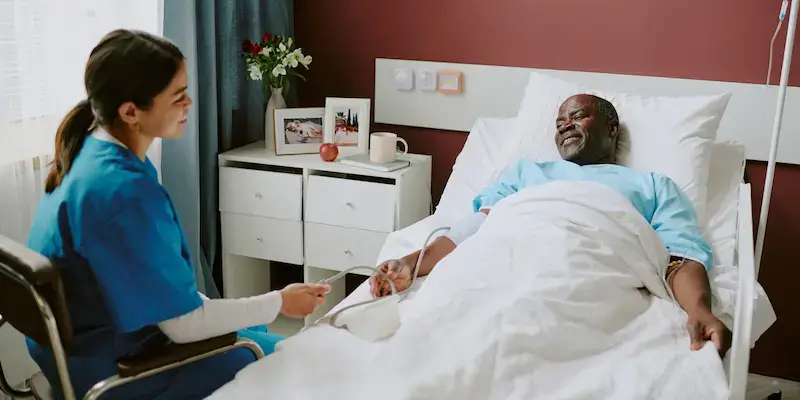Home >
ACL damage
The Anterior Cruciate Ligament (ACL) is a major ligament in the knee. It passes in front of the PCL (posterior cruciate ligament (PCL) and forms a cross, giving it its name. It helps to keep your thigh and shin bones (femur and tibia) from shifting, keeping your knee stable.
Get rapid access to our leading specialists.
What is ACL damage?
Often, ACL damage is a tear or nearly complete tear to the ACL.
Approximately 50% of people who have ACL damage will also experience injury to other parts of their knee (e.g. a meniscus tear).
What are the symptoms of ACL damage?
The symptoms of ACL damage can vary depending upon its severity, and often include:
- Pain
- Instability
- Swelling
- Inability to put weight onto the affected leg
If you tear your ACL, you might feel or hear a popping sound in the knee when the injury happens, in addition to experiencing the symptoms listed above.
What causes ACL damage?
The most common causes of ACL damage are sports, particularly those in which sudden changes in direction, stops or jumping occur, for example:
- Football
- Alpine skiing
- Rugby
- Tennis
It can also occur outside of sports, if your leg extends too far forward or if you twist your knee and lower leg in a certain way.
How is ACL damage diagnosed?
If you have been experiencing any of the symptoms above and you suspect that you might have ACL damage, you should see your consultant.
Your consultant will conduct a physical examination, where they will check for external evidence of ACL damage (e.g. swelling, soreness) and they may also gage your range of movement and see how well your knee is functioning in comparison to the un-injured one.
They may also recommend that you undergo further tests, including:
- X-rays
- MRI
How is ACL damage treated?
The treatment you receive for ACL damage will depend upon its severity. There are both non-surgical and surgical options for you and your consultant to consider.
Non-surgical options include:
- Rest
- Physiotherapy/rehabilitation
- Being fitted with a brace – this will help stabilise your knee
Surgical options include:
- ACL reconstruction – your consultant will make small incisions in your knee and use tissue from another part of your body to replace the torn ACL
If you’re unsure what treatment you should go for, or the above treatments don’t work for you, our team of expert specialists are here to help.
Need further help or advice?
Contact our team for enquiries or information.
If you need to contact us in any other way, please go to

